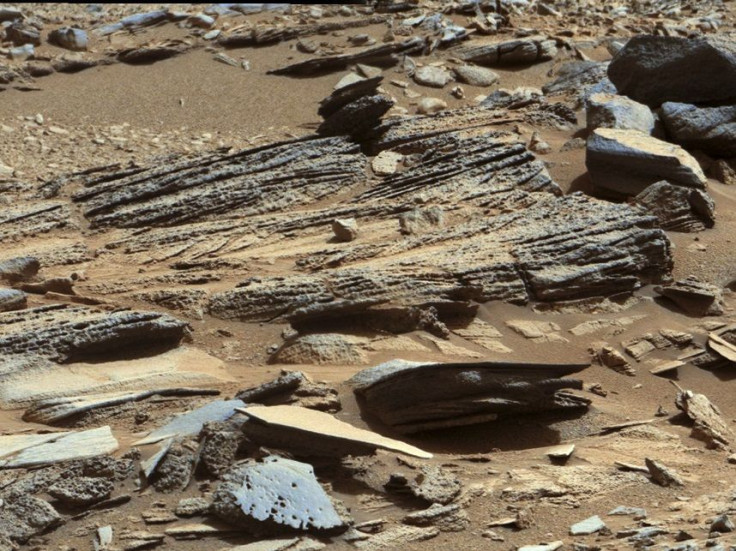Asteroid Mining Could Be The Next Frontier For Resource Mining

Minerals are one of the Earth’s finite resources, so there is bound to come a time when miners would start to look elsewhere for mineral sources, including outer space. Mining company Planetary Resources has recently made headlines when it launched the first of two technology demonstration aircrafts that aim to prospect for valuable resources on asteroids.
The launch of the Arkyd 3 Reflight, or A3R, is just one of the steps that Planetary Resources is undertaking in order to achieve its ultimate goal of having asteroid prospecting missions in the future. Once the two aircrafts are launched, it has the possibility of jumpstarting a trillion-dollar market for oxygen, hydrogen and metal mining from asteroids.
There are basically three main types of asteroids that can be used for mining. The first one is C-type asteroids, which are the most common type but also the furthest from the sun. They contain around 22 percent water, which can be used as fuel for manned missions. S-type asteroids are closest to the sun, and these are made up of stony material, nickel, iron and precious metals like platinum, gold and rhodium. Finally, M-type asteroids are the least common among the three and are found in the middle region of the asteroid belt. They usually measure just one kilometre in diameter, but they could contain more than two billion tons of nickel and iron ore, in addition to precious metals like platinum and diamond.
But aside from Planetary Resources, several science teams and companies across the United States are also looking at asteroids and other space destinations as potential sources of minerals and fuel. One example is Deep Space Industries, which is planning to use cost-effective prospecting crafts to conduct initial survey work. The company is planning to launch its own spacecraft in 2017 called FireFlies, which is built for one-way asteroid recon missions. Once targets are confirmed, another spacecraft, DragonFlies, will visit the choicest rocks and bring samples back to the Earth for detailed analysis. Spacecrafts known as Harvestors will mine the minerals and send it back to Earth.
However, not all elements would be deemed cost-effective for asteroid mining. For instance, platinum occurs very rarely on the Earth, making its mining procedure very costly. If the metal is mined from asteroids, it could help curb the demand for the metal here on Earth, making space mining a potentially worthwhile endeavour for platinum miners.
On the other hand, nickel is still very abundant in this planet, with numerous nickel exploration projects underway. Mining nickel from outer space could accrue many unnecessary costs, which makes it easier and cost-effective to mine nickel here on Earth. One of the most promising is the Kun-Manie Project by Russian miner Amur Minerals Corporation (OTC:AMMCF), touted as one of the world top 20 largest nickel deposits. Amur Minerals is awaiting the final approval of its mining license from the Russian government before it starts production.
Still, the era of asteroid mining might happen much sooner than many people realize. And when that time comes, mining companies are ready to take advantage of the tons of minerals that they can bring home to Earth.
Contact the writer: a.lu@ibtimes.com.au





















